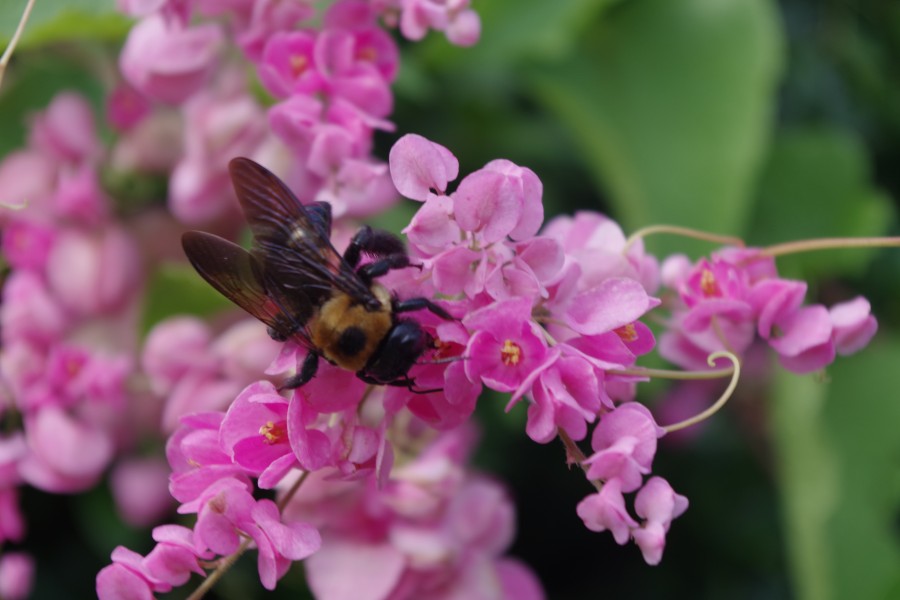On occasion, we hear new gardeners (kids and adults) being fearful of the creatures that live in our outdoor spaces. Almost everyone loves birds & butterflies – I’m talking about the other workhorses of the garden… toads, frogs, lizards, spiders, bees, and wasps. I have to admit that as a child, I was very fearful of bees & anything that flew my direction, as if I were their target. Now I know that of course I wasn’t.

These creatures are garden-friendly! Not only do we get entertainment and pure joy from watching them in our landscapes – they are incredibly beneficial for controlling unwanted pests. Many wasps are predatory and devour other chewing insects. Most lizards, particularly Leopard Geckos, eat cockroaches. Beetles, unwanted caterpillars, stink bugs, and flies are kept in check naturally. No chemicals & no work necessary on our part. In the case of bees, they support the pollination of blooming and food-producing plants.

It’s important to not use chemicals that may cause harm to your beneficial creatures. Use organics – they’re safe and effective. If a chemical is necessary, use the least harmful, use only what you need, and use as directed on the label.
Diversity in nature is a key to garden success. Learn to appreciate all creatures & let’s help children to find wonder not fear in gardens. There are numerous places around the Coastal Bend to discover more about biodiversity in our area. Here’s a few:
- The South Texas Botanical Gardens
- Oso Bay Wetlands & Preserve Learning Center
- Corpus Christi Museum of Science & History
HAPPY GARDENING!

-Debbie
 –
–
